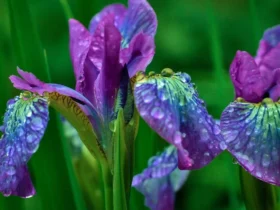In the most unlikely of places, where rocks meet soil and crevices abound, a delicate yet resilient flower blooms—the Saxifrage (Saxifraga spp.). With its tenacity and beauty, this flowering plant defies the odds, thriving in seemingly inhospitable environments. Join us as we explore the world of the Saxifrage flower, uncovering its appearance, adaptations, and significance in the natural world.
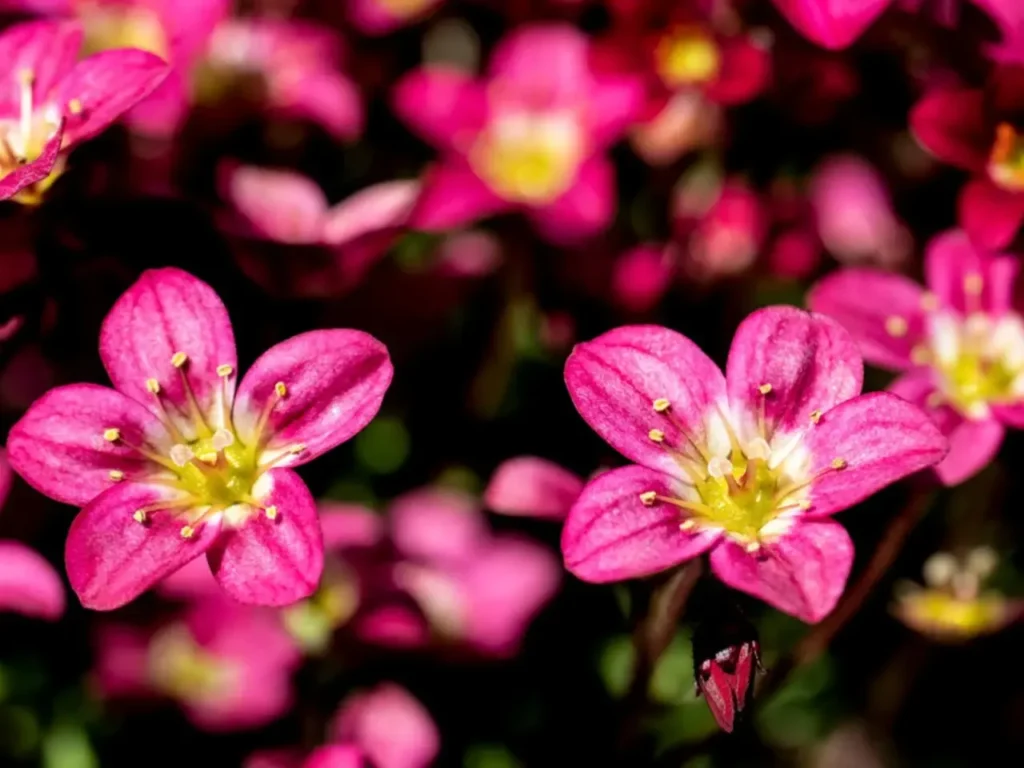
Appearance and Diversity
Saxifrage is a diverse genus that encompasses hundreds of species, displaying a wide range of shapes, sizes, and colors. These perennial plants can be found in various habitats worldwide, from mountainous regions to Arctic tundra, rocky outcrops to alpine meadows. The Saxifrage flower’s appearance varies depending on the species, but they typically feature five-petaled blooms in shades of white, yellow, pink, or purple. Some species produce clusters of flowers, while others exhibit solitary blossoms.
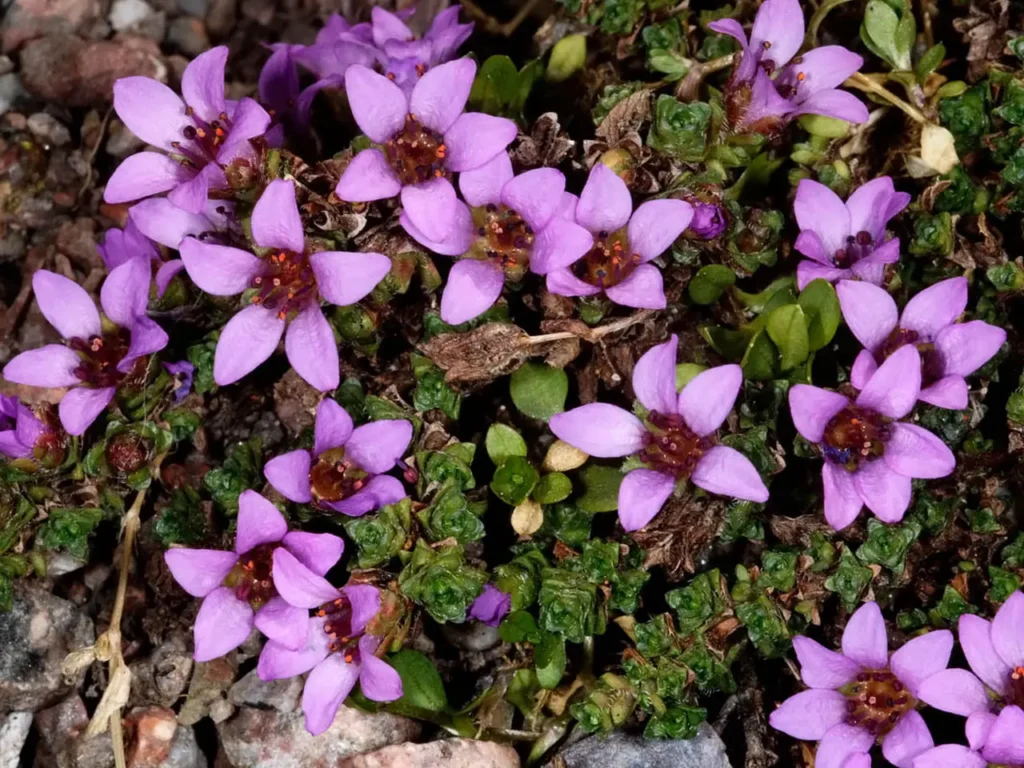
The color of the Saxifrage Flower
The Saxifrage flower comes in a variety of colors, depending on the specific species and cultivar. Here are some common colors associated with Saxifrage flowers:
- White: Many Saxifrage species have pure white flowers, creating a classic and elegant appearance. White Saxifrage flowers often stand out against their dark green foliage.
- Pink: Pink is another common color seen in Saxifrage flowers. The shades of pink can range from pale pastels to vibrant and deep pinks, adding a soft and delicate touch to gardens and landscapes.
- Yellow: Some Saxifrage species have bright yellow flowers, which can be quite eye-catching and add a cheerful pop of color to gardens. The yellow blooms can range from soft buttery tones to more vibrant hues.
- Purple: Certain Saxifrage cultivars feature lovely purple flowers, ranging from light lavender shades to deep, rich purples. Purple Saxifrage flowers can create a sense of depth and richness in garden displays.
- Red: While less common, there are Saxifrage species that produce red flowers. The red blooms can vary in intensity and can add a bold and striking element to garden beds or rock gardens.
It’s important to note that the specific color variations may vary depending on the species and cultivar of Saxifrage. Each Saxifrage flower has its own unique beauty, and the choice of color can depend on personal preference and the desired aesthetic in a garden setting.
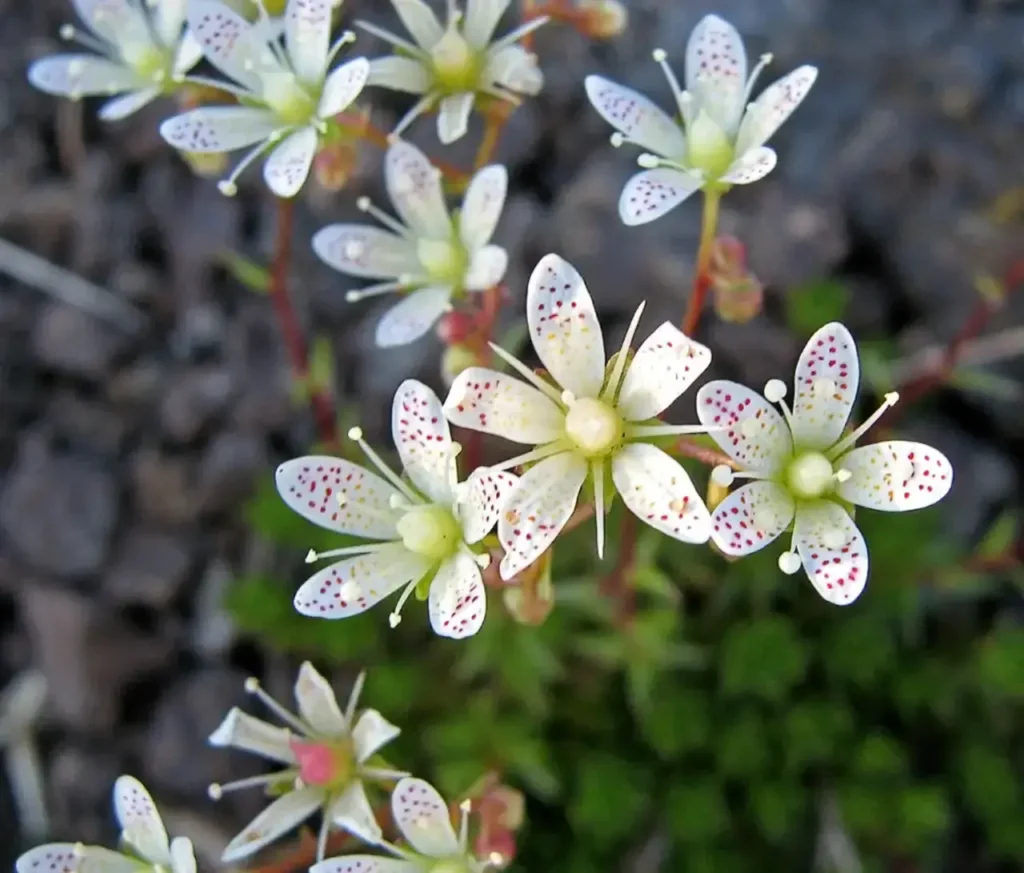
Adaptations and Resilience
The Saxifrage flower possesses unique adaptations that allow it to survive and thrive in challenging environments. Its ability to grow in rock crevices, gravelly soils, and other rocky habitats is facilitated by its shallow, fibrous root system. This allows the plant to anchor itself firmly while accessing minimal nutrients and moisture from the surrounding substrate.
Many Saxifrage species have fleshy, succulent leaves that retain water, helping them endure dry spells and survive in nutrient-poor soils. Additionally, some species exhibit a rosette growth form, with their leaves arranged in a circular pattern at the base, maximizing the capture of sunlight and reducing water loss through transpiration.

Ecological Significance
Saxifrage flowers play an essential role in their ecosystems. As early bloomers, they provide a vital nectar source for pollinators, including bees, butterflies, and flies, during the early spring or summer when fewer flowers are available. Their presence supports the health and diversity of pollinator populations and contributes to the pollination of other plant species within their habitats.
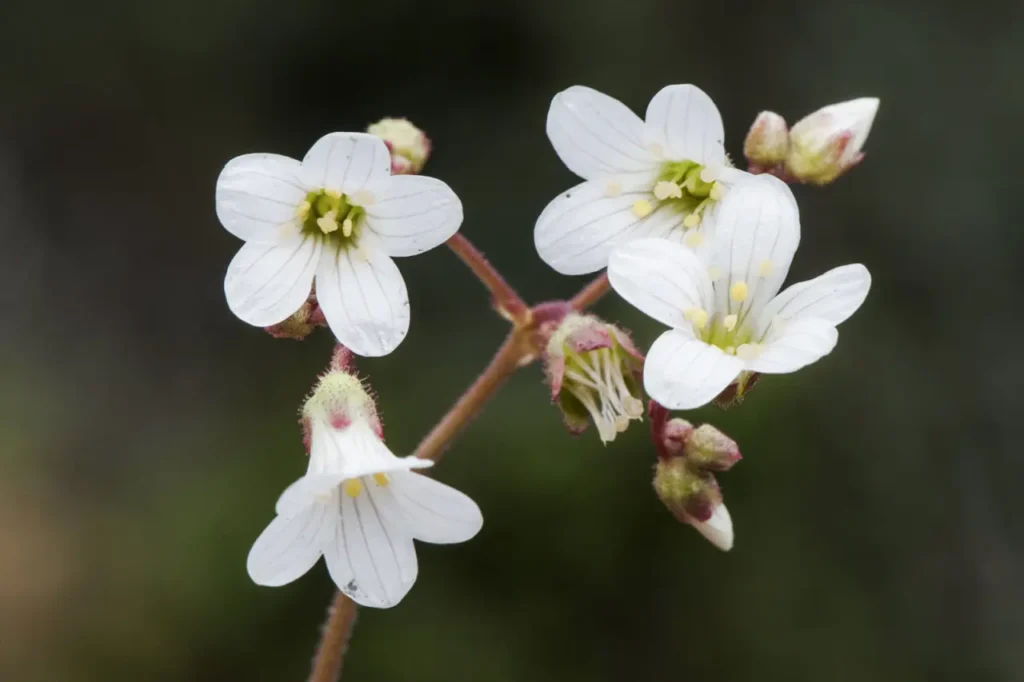
Conservation and Threats
While Saxifrage flowers are not typically considered endangered, some species face threats due to habitat loss, land development, and climate change. Destruction of rocky habitats, pollution, and overgrazing can disrupt their delicate ecosystems. Conservation efforts focused on preserving rocky habitats, reducing habitat fragmentation, and raising awareness about the importance of these resilient flowers are crucial for their long-term survival.
Cultural Significance: Saxifrage has also captured the imagination of humans throughout history. In folklore and traditional herbal medicine, the plant is associated with healing properties and has been used to treat various ailments. Its beauty and ability to thrive in harsh environments have also inspired artists and poets, symbolizing resilience, strength, and adaptability.
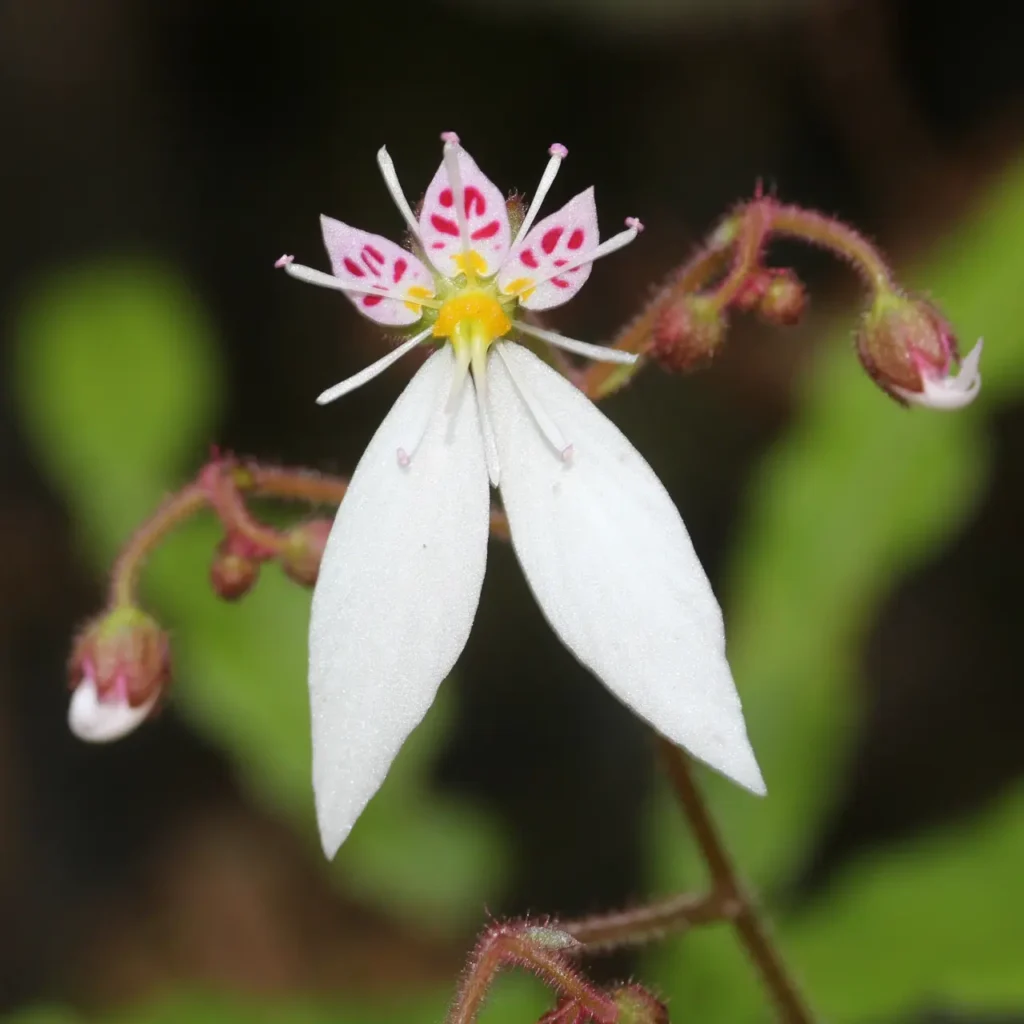
Appreciating Nature’s Tenacity
The Saxifrage flower reminds us of the remarkable tenacity and beauty found in the most unexpected places. Its ability to bloom in the harshest of environments serves as a testament to the strength and resilience of nature’s creations. By appreciating and protecting these hardy plants, we recognize the importance of biodiversity and the delicate balance that sustains life on our planet.

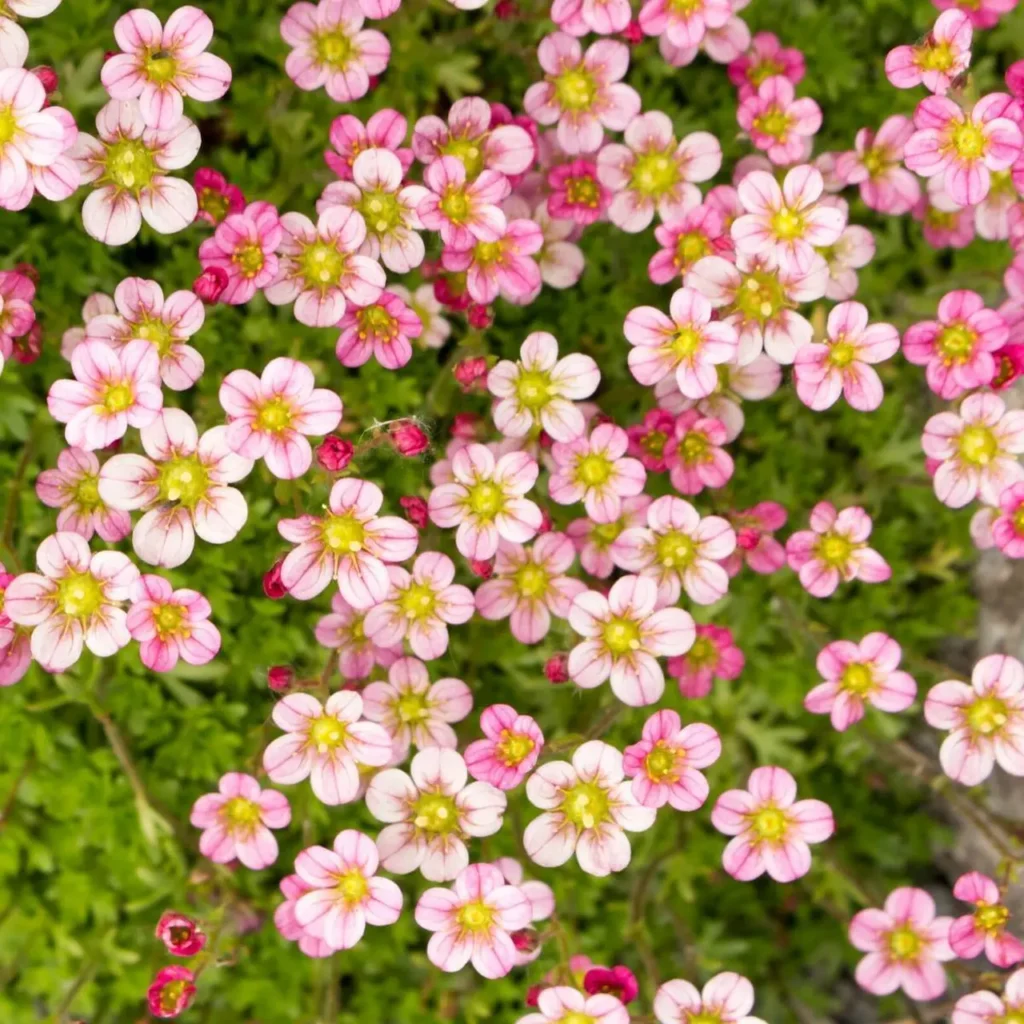


In the cracks and crevices of rocky landscapes, the Saxifrage flower stands as a symbol of hope and perseverance, reminding us that even in the toughest conditions, life finds a way to flourish. Let us celebrate the remarkable beauty and resilience of the Saxifrage flower and strive to preserve the habitats that support its existence for generations to come.
